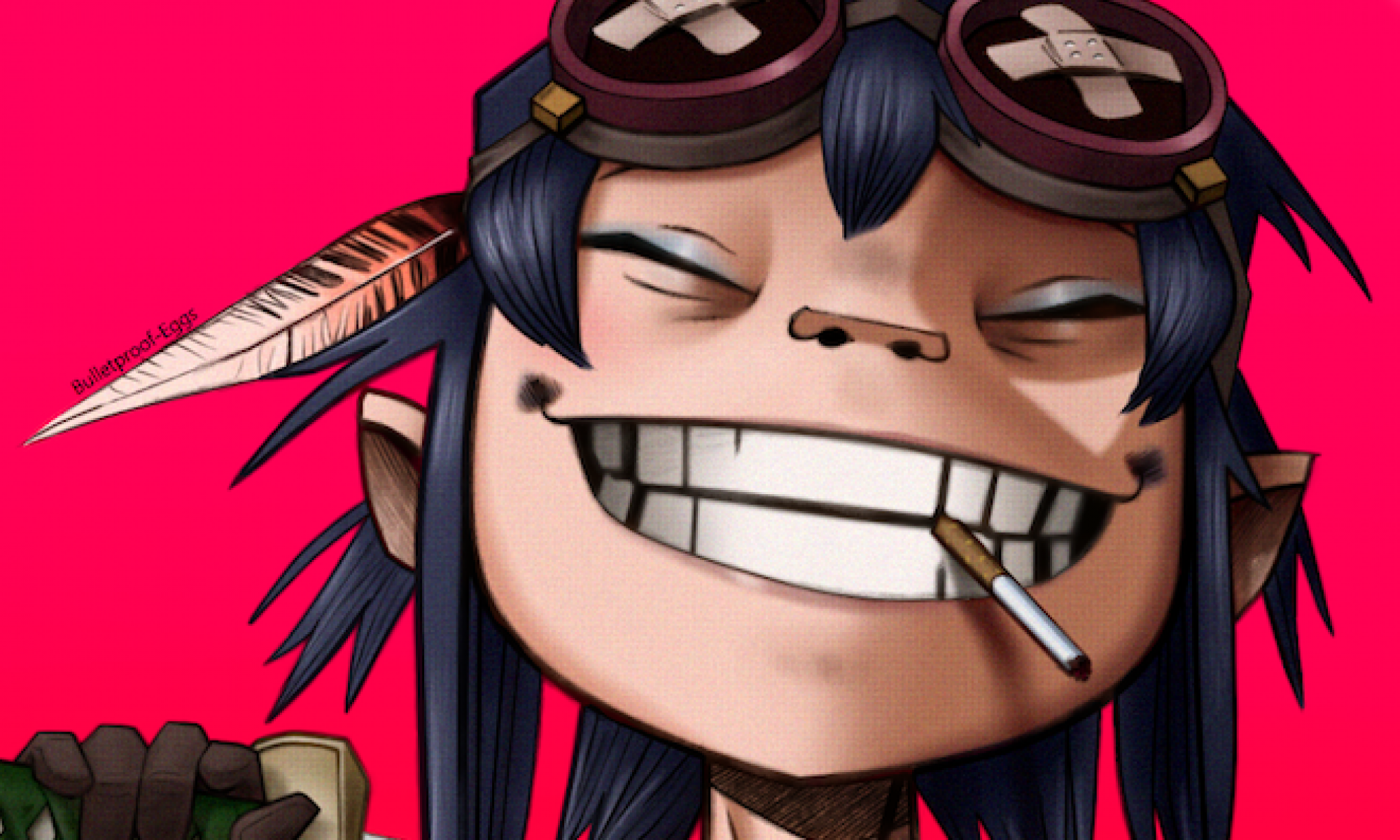“Despite his fear, Jonathan is determined to explore. On a bright, moonlit night, he searches for a window from which he can see Dracula’s room. What he sees is unbelievable: Dracula, crawling headfirst down the wall like some loathsome lizard!” Dracula (the graphic novel) by Bram Stoker and retold by Fiona MacDonald is a tale set in the 1800’s following Jonathan Harker; an english lawyer and his mysterious client, Count Dracula. The tale explores many regions of religion, paranormal events and entities that help set the stage for it’s dark gothic setting.
The story follows a young british lawyer named Jonathan Harker travelling to Transylvania, Romania to meet with a client wanting to purchase a house in Britain. Whilst travelling to Dracula’s castle, Jonathan notices dark themes in the scenery approaching the castle. Dead trees, ominous blue light supposedly from fire weaving through the trees to meet his gaze and the features of Dracula’s figure; a tall ‘man’ with shaded grey skin and red eyes. Jonathan, after meeting his quota of time spent in Dracula’s castle, is asked to stay for an extra month. To his surprise, Jonathan has been locked in his room in the evening. Dracula had warned Jonathan of roaming the castle at night. On the contrary, Jonathan did not with to stay in his room and wished to do what Dracula warned. As he prepared to escape through the window he saw Dracula crawling head first down the exterior castle wall. He was astounded at this feat of impossibility and wished to escape all at once. Jonathan escapes and returns to his friends and fiance in London. Once experiencing the supernatural, Jonathan is yet again confronted with the cursed Dracula who has travelled to england to feast on those who dwell there. The friends are forced to confront and hunt down Dracula as both a friend, Lucy and Mina, Jonathan’s wife have been bitten and are transforming into the violent undead. Lucy fully transforms and the friends are force to kill her. In order to save Mina from transforming into a vampire they must hunt down and kill Dracula.
The gothic elements expressed in this Graphic novel are usually displayed through description of the landscape and features of supernatural abnormalities. The story lacks context due to it’s graphic nature but makes up for by further adding to the description of situations or settings by giving a graphical depiction of it. For example “What he sees is unbelievable: Dracula, crawling headfirst down the wall like some huge, loathsome lizard.” This quote is fairly simple in terms of wording and is most likely a direct quote from the original text, therefore it is backed up by a depiction of dracula scaling the wall on the exterior of the castle. The impossibility of that occurrence is what solidifies the supernatural theme within the text.
The gothic protagonist is most likely Professor Abraham Van Helsing as is the lead in killing Dracula to save Mina and to lay Lucy to rest. There are many characters in this graphic novel and most of the characters take action in hunting down Dracula but Van Helsing is the man who initiated the hunt as he explained, “Dracula the vampire who attacked her is still free. Now he’s seeking victims in England. He must be caught and destroyed, somehow!.”
Dracula is most certainly the gothic villain within this text. He kills and transforms unwilling people into vampires under his control. The doings of Dracula makes it blatantly obvious he has no intentions of helping others or going back on his doings.
Religion and rituality is also explained in the text by using crucifixes to repeal all satanic entities such as the vampires. Holy Wafers are bread like wafers used to represent god’s body and are also irritable to vampires. All holy and religious items repeal the vampires and we can assume that the vampires are somewhat satanic in nature and may be devils spawn. The religious features provide a base to explore the supernatural entities and items that are deeply rooted within christianity.
This Graphic novel was honestly very weird to me. The text was dumbed down as if to appeal to a younger audience but then accompanied by graphic images that may not have been suitable for a younger audience. Definitely for people that don’t like reading or have a hard time visualising a scene in a book. A text-book gothic story but served in a fresh modern way.
